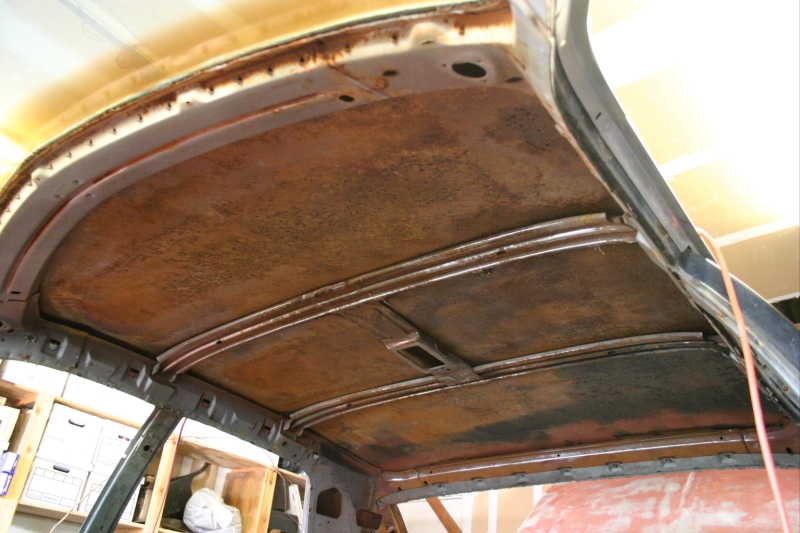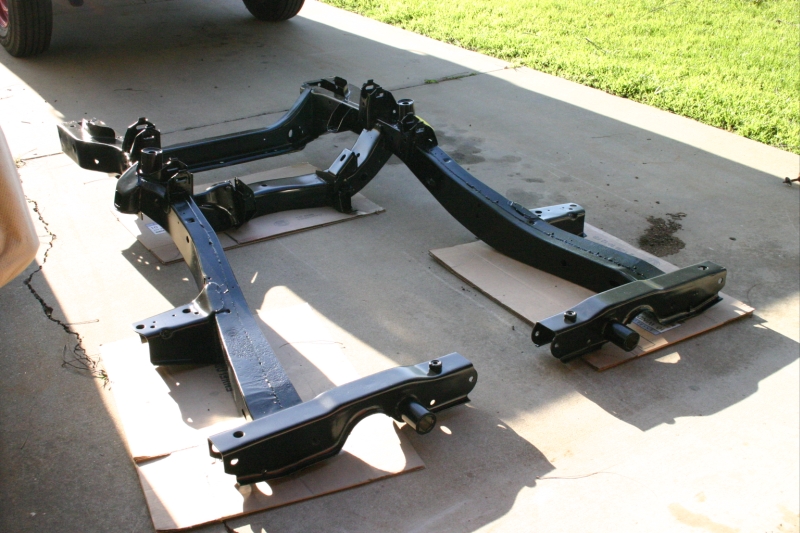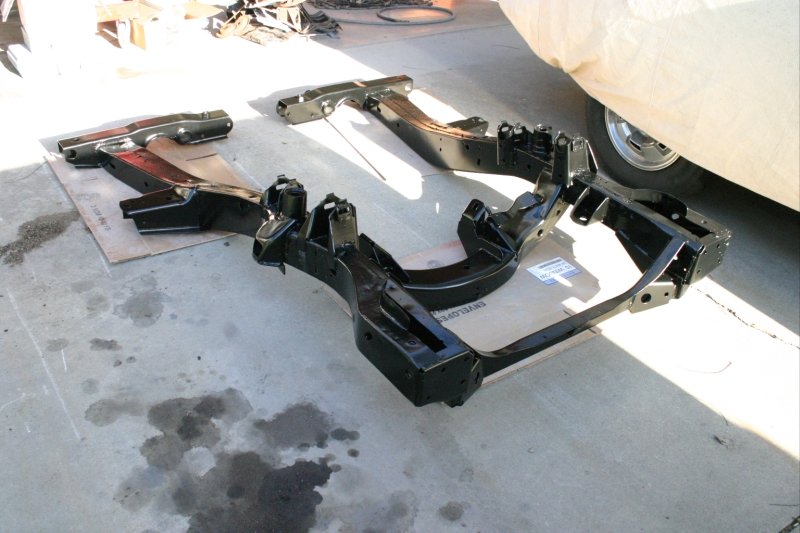commando1
Old Man with a Hat
Incredible the knowledge here.
So what is the noise reduction package?
Alan
Check, check.Typically, on a '69, the snorkel intake and turndown exhaust tips.
Typically, on a '69, the snorkel intake and turndown exhaust tips.



Here's a BS from a 69 DK car. The engine assembly is 919 indicating the C body L code 440-HP, auto transmission and A/C.
I do not have a broadcast sheet from a non "police" 440 HP C body to compare it to.
Does anyone have a broadcast sheet from a 69 non 'police' C body with 440 HP, automatic and A/C so we can compare the engine assembly numbers?
View attachment 114743
I have heard the following from someone who built the motors for the police cars back in the day at the factory. In addition to the attendant heavy duty suspension cooling and brake components that cop cars were equipped with, police motors were built on a separate assembly line.
The motors were not specifically any different from street motors and no special cam shafts or high compression heads or extra special valves etc were used as is often rumoured. The only difference from a street motor was the fact that all the parts were hand picked and balanced and then assembled to what is termed "design tolerances" - essentially a factory balanced and blueprinted motor. This hand built attention to detail went to all the components of the engine, from head - as opposed to the quick style "grab 8 pistons and rods from the bin and slap it together" assembly line. Other procedures like super rinsing the blocks out to remove casting sand etc were performed as well.
This is not to say that a well put together factory street motor couldn't perform as well as a cop motor... and given the way things were, one would think that the odd street motor did make it out with the right selection of parts and a well fed and watered worker in a good mood just after lunch on a Wednesday putting it together and all went well... and of course we've all heard the stories out there to back that up! lol... "yeah - my friend's uncle's second cousin had a Newport that the cops could never catch"... that sort of thing.
As for the difference between a street motor and a cop motor? Well, my 66 Monaco 440 4-speed has a factory police motor in it, and the difference is STARTLING to say the least. I have yet to find the top end in it - I run out of stones well before the car does... and as for off the line performance, this video will say a lot - after gently walking the car out I simply put my foot down, in gear, at 20 mph, and the near 5,000 pound car just anhilates the tires. At the time the car was running its' original points distributor too...
The guy who took the video had at the time a 68 300 with the 440 Super Commando 375 horse motor and a Torqueflite in it. He was following me to go to MoparFest, and when we got on the on ramps to the highway, I would just put my foot down in 3rd, and he said I just pulled away from him as if he was going backwards. He was HARD in it, floored, winding it out passing gear, and just knew it was hopeless to try and keep up. We got up to our shenanigans in the video on the way home... tee hee hee!!
I believe the unit-body did receive extra body welds, as well as the stub-frame. This is in addition to the roof support for the light bar. Also, in addition the chassis were "tuned" per fleet order specs. I.E. Californai CHP, or State of Virginia VSP. My VSP build sheet has "Special Tires/Special Chassis" on the bottom. Also my 69 CHP car like Alan's is a "noise suppression" car, and the chassis was "tuned" to CHP specific specifications.
I happen to have a 69 Fury III next to my 69 Fury I Pursuit. I will go over the pinch welds on the rockers this weekend and count the number per inch to see if there are any differences. They were built in the same month at the same plant.
It seems that a lot of Plymouth Pursuits and Patrol units and Fleet orders were built in May. That seems to be standard SOP for MoPar fleet orders.
Here are some fun facts and photos from my humble archive of the Plymouth Police Fleet.
There are a few on this board with a 69 440 HP in Polara dress
Here's a BS from a 69 DK car. The engine assembly is 919 indicating the C body L code 440-HP, auto transmission and A/C.
I do not have a broadcast sheet from a non "police" 440 HP C body to compare it to.
Does anyone have a broadcast sheet from a 69 non 'police' C body with 440 HP, automatic and A/C so we can compare the engine assembly numbers?
View attachment 114743
Broadcast sheets are going to solve a lot of mysteries and answer a lot of questions. And yes, by all means blank out the sequence portion of the vin. There could be 1000 DK41L91 cars, it's the sequence number that makes a car unique. Are there any Mound Road/Trenton Engine guys on this board? What would be absolutely great to have (even more than a whole bunch of broadcast sheets) is a copy of each of the engine plants' graphics books. These are the documents that spell out how each engine is assembled, with what parts, to what torques (and the tolerances for the torques) and it will identify the engines by those all important last 3 digits of the production part number. This particular sheet calls out the last 3 digits as "919" but it also refers to the engine as an E86. It would be just fascinating to find out if there were different versions of an E86 used in the same body shell. I would fully expect that a "C" body E86 would not be entirely the same as a "B" body E86. The graphics books, and to a lesser extent, the broadcast sheets will provide the answer(s).
So the '69 360 horse set up was basically an uprated K code.
Thanks.
Yes, and no. Because it was a Police Pursuit application only there may have been differences in actual assembly procedures or quality assurance. Otherwise it's an upgraded K code 440.
Broadcast sheets are going to solve a lot of mysteries and answer a lot of questions. And yes, by all means blank out the sequence portion of the vin. There could be 1000 DK41L91 cars, it's the sequence number that makes a car unique. Are there any Mound Road/Trenton Engine guys on this board? What would be absolutely great to have (even more than a whole bunch of broadcast sheets) is a copy of each of the engine plants' graphics books. These are the documents that spell out how each engine is assembled, with what parts, to what torques (and the tolerances for the torques) and it will identify the engines by those all important last 3 digits of the production part number. This particular sheet calls out the last 3 digits as "919" but it also refers to the engine as an E86. It would be just fascinating to find out if there were different versions of an E86 used in the same body shell. I would fully expect that a "C" body E86 would not be entirely the same as a "B" body E86. The graphics books, and to a lesser extent, the broadcast sheets will provide the answer(s).

Kevin said: From my frame of reference, "Design Tolerances" is a wide open door.
I entirely agree, and you certainly have way more of a frame of reference and experience and the attendant knowlege than I'll ever have!All I was and am doing was parroting the information and words used by my two sources. I have little knowlege of the actual practises used at the time, and certainly understand that even then, certain terms and practises allowed for variance. As to the accuracy or truth to all of that, I can't speak with any authority whatsoever, and everyone needs to understand that. I am NOT an authority with regards to this and hope no one thinks that I am saying I am! (does that make sense?)
That being said, my engine is frick'n powerful and a heck of a lot of fun to drive!!

